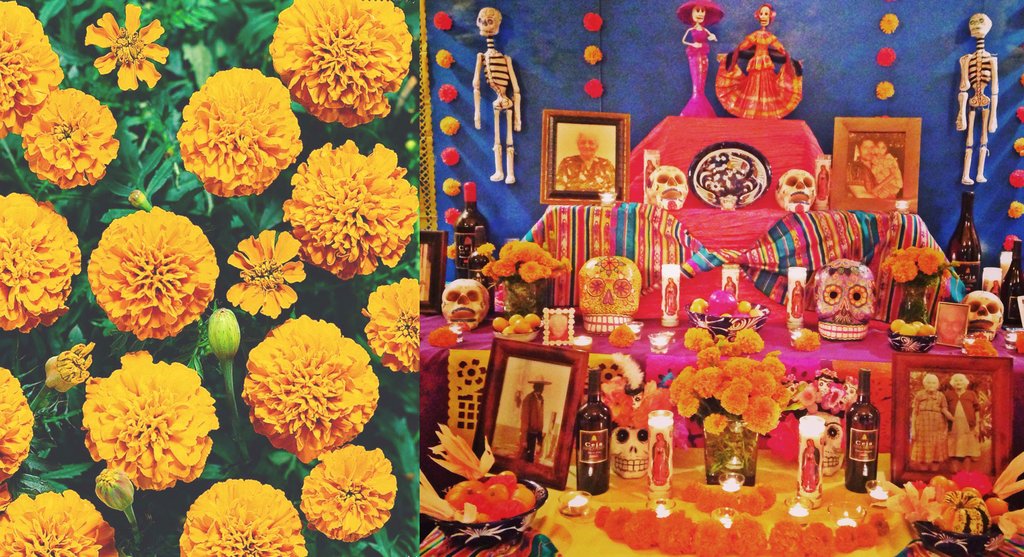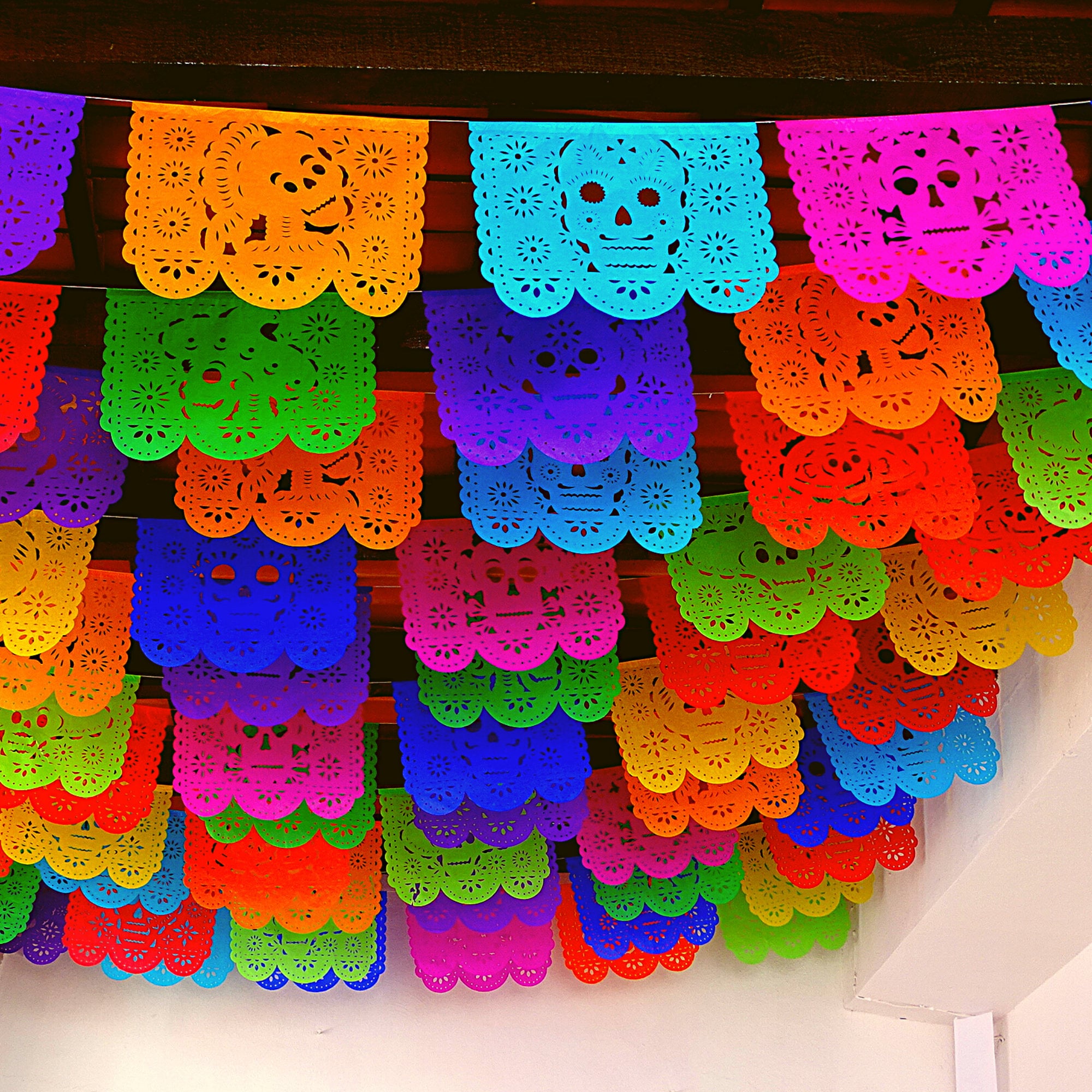Understanding the Day of the Dead: A Cultural Overview
The Day of the Dead, or Dia de los Muertos, is a vibrant Mexican tradition that honors deceased loved ones. Celebrated annually on November 1st and 2nd, it blends indigenous and Catholic traditions, creating a unique cultural celebration. Decorations play a crucial role in this festive period, transforming homes and cemeteries into colorful spaces filled with memories, love, and respect.
The Heart of the Celebration: Importance of Decorations
Decorations for the Day of the Dead are not just for visual appeal; they carry deep meanings and symbolize the connection between the living and the deceased. Each element serves its purpose, representing various aspects of life and death.
Key Elements of Day of the Dead Decorations
- Altar (Ofrenda): Central to the celebration, the altar is where families place offerings for their ancestors.
- Flowers: Marigolds (cempasúchil) are traditionally used to guide spirits home.
- Skulls: Often made of sugar, they symbolize the sweetness of life and the inevitability of death.
- Photographs: Images of the departed allow families to remember and honor their loved ones.
Creating Your Own Day of the Dead Decorations
Essential Materials and Supplies
To create impressive decorations, gather the following materials:
- Colored paper (papel picado)
- Marigolds and other flowers
- Fabrics in bright colors
- Candles or LED lights
- Sugar skull molds and edible decorations

Step-by-Step Guide to Crafting Your Decorations
1. Building the Altar (Ofrenda)
Your altar is the centerpiece of the celebration. Here’s how to create one:
- Choose a flat surface or table.
- Layer it with colorful cloth or papel picado.
- Arrange photos and mementos of the deceased.
- Include offerings like food, drinks, and favorite items of the loved ones.
- Finish with marigold petals and candles to light the way for spirits.
2. Crafting Sugar Skulls
Making sugar skulls can be a fun family activity. Follow these steps:
- Mix granulated sugar with meringue powder and a touch of water.
- Press the mixture into skull molds and let it dry overnight.
- Decorate with colorful icing and edible glitter.

Personal Experience with Decorations
Growing up, I remember our family gatherings where we created decorations together. My grandmother taught me how to make papel picado, cutting intricate designs into layers of tissue paper. This activity not only brought us closer but also connected us to our ancestors, reminding us of their influence in our lives.
Incorporating Traditional Symbols into Your Decor
Symbolic Elements to Consider
| Symbol | Meaning |
|---|---|
| Marigolds | Guides spirits with their vibrant color and scent. |
| Skulls | Celebration of life and remembrance of the dead. |
| Candles | Light to guide spirits back to their altars. |
| Food | Offerings for the deceased, reflecting their favorite dishes. |

Exploring Regional Variations
The Day of the Dead is celebrated differently across Mexico and other parts of the world. Here’s a closer look:
- Oaxaca: Known for elaborate sand tapestries and vibrant parades.
- Mexico City: Features large public celebrations, including artistic installations.
- Pueblo: Emphasizes community with communal altars and local traditions.
Pros and Cons of DIY Decorations
As with any project, creating your own Day of the Dead decorations has its advantages and disadvantages. Here’s a breakdown:
| Pros | Cons |
|---|---|
| Customizable to your liking | Requires time and effort |
| Cost-effective | Skill level may vary |
| Personal and meaningful | Potential for mess! |

Shopping for Day of the Dead Decorations
If crafting isn’t your thing, shopping for decor is a great alternative. Here’s what to look for:
Where to Buy
- Local Markets: Support local artisans and find unique pieces.
- Online Stores: Websites like Etsy and Amazon offer handmade and traditional items.
- Specialty Stores: Stores that focus on cultural items usually have a great selection.
What to Look For
- Authenticity in design and materials.
- Variety to accommodate personal style.
- Size options that fit your altar or space.

FAQ: Day of the Dead Decorations
What are traditional Day of the Dead decorations?
Traditional decorations include altars (ofrendas), marigold flowers, sugar skulls, papel picado, and candles, all symbolizing the connection between life and death.

How do I create a Day of the Dead altar?
To create an altar, use a flat surface, cover it with colorful cloth, and arrange photos, food, marigold petals, and candles to honor your loved ones.
What items are essential for a Day of the Dead celebration?
Essential items include marigolds, sugar skulls, photographs of the deceased, candles, and offerings of food and drink, such as pan de muerto.

Are there specific colors used for Day of the Dead decorations?
Yes! Bright colors like yellow, orange, and purple are commonly used to represent the liveliness of life and the vibrancy of spirits returning to be honored.
Can children help with Day of the Dead decorations?
Absolutely! Involving children in decoration crafting not only educates them about the tradition but also creates lasting family memories.